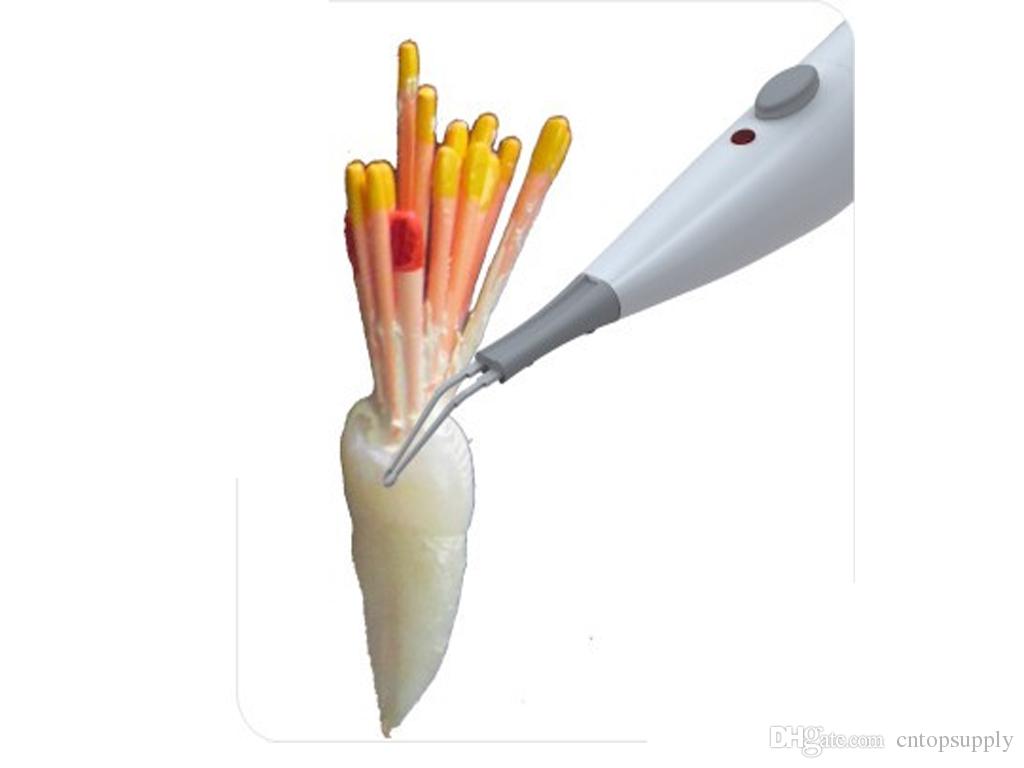CONSERVATIVE DENTISTRY
Conservative dentistry is a branch of dentistry dealing with tooth restorations and tooth nerve treatments (tooth pulp).
The tooth consists of a crown and a root. The crown is a part of the tooth that is visible in the mouth, while the root is in the bone. In the very centre of the tooth is a dental pulp. Through its entire length, the pulp (nerve) is covered with dentine. In the crown section dentine is covered with enamel, while in the root part it is covered with a cementum.
Enamel, dentine and cementum are solid dental tissues, and the disease attacking them is called tooth decay or caries.
If caries appears only on the enamel and dentine and does not spread to the tooth pulp, the problem is solved with a simple procedure of tooth repair and filling the cavity with dental restorations (fillings). If tooth decay progressed and affected the nerve then the tooth must be also treated, but then we enter in the dental field of endodontics. In our dental office, we use different materials for dental fillings:
-
Composite fillings
-
Amalgam fillings
-
Glass ionomer fillings
-
Compomer fillings
Composite fillings
Composite restorations, commonly known as white fillings, from the moment they appeared on the market almost completely suppressed the use of black (amalgam) fillings. The simple method of application, good mechanical and aesthetic characteristics, as well as a wide selection of different shades of white, took composites to the top of the pyramid when conservative dentistry is in question. In our practice, we usually use micro and nano hybrid A-class composites from different foreign manufacturers, depending on the indications: SDI Glacier, SDI Rock, SDI Ice, Gradia Direct, 3M Filtec supreme, Zmack Zhermack and many others.
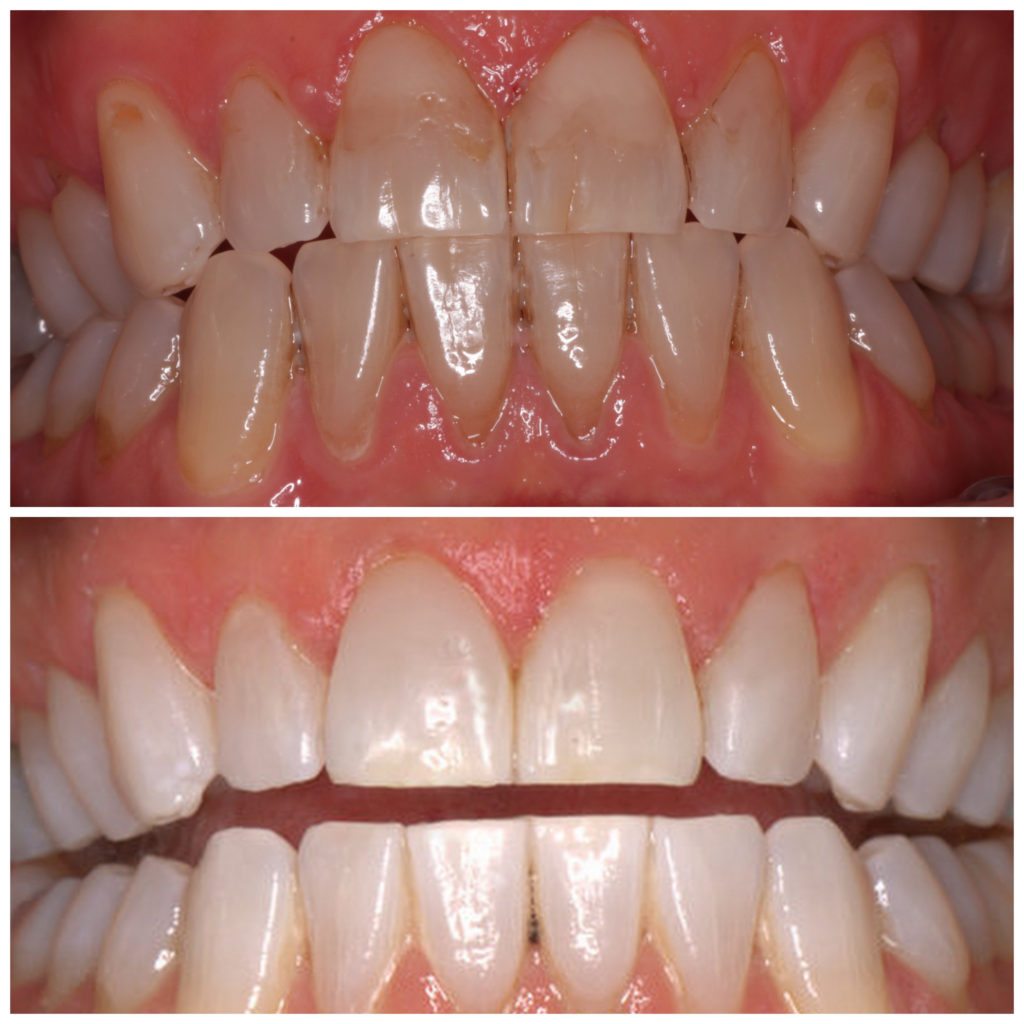
Every tooth preparation is approached carefully, with maximum dedication, using the most up-to-date matrix systems that give your teeth a natural shape and prevent food from sticking between them.
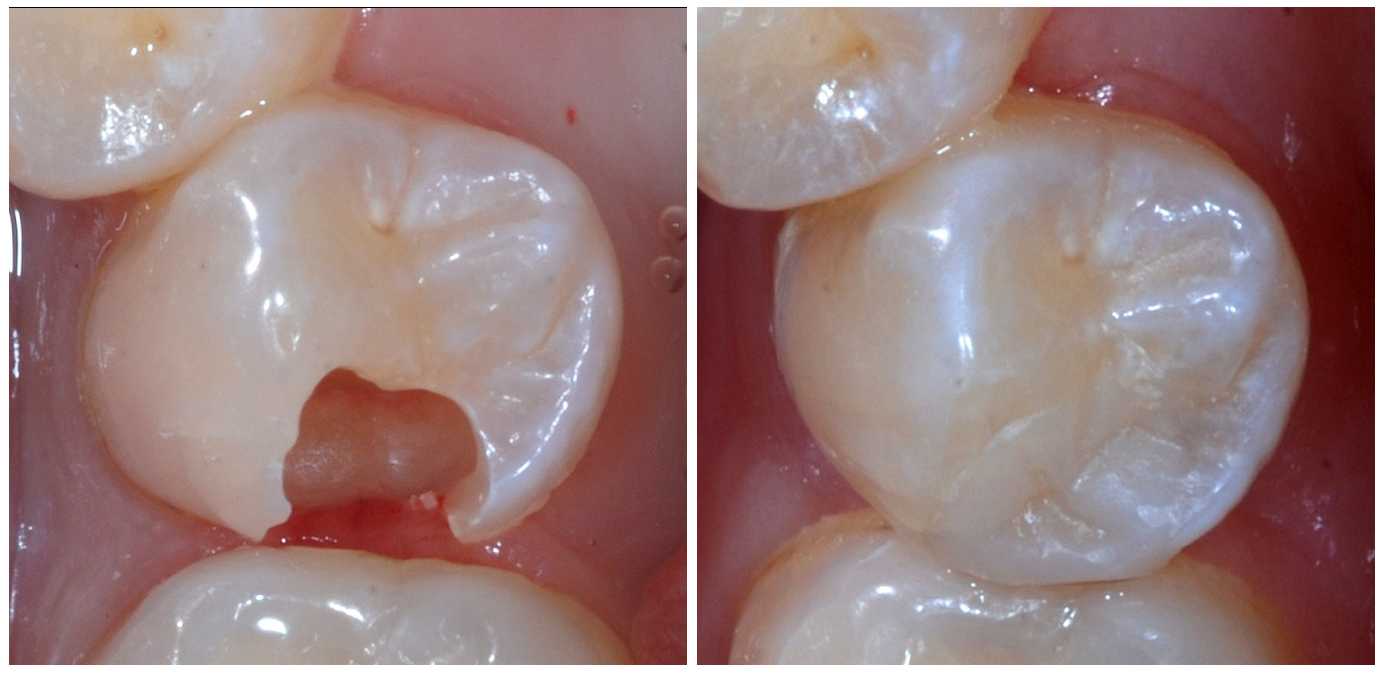
Compared to the other types, composite fillings are superior materials for teeth reconstruction due to continuous improvement of its characteristics. Their basic advantage is adhesion (sticking) to the surface of the teeth. This feature allows connection of the remaining parts of the tooth, thus preventing tooth fractures. Modern composite systems have gluing strength far greater than the strength of the tooth itself. Because of this, sometimes it happens that a part of the tooth breaks, but the filling remains intact.
During tooth preparation for the composite filling it is not necessary to drill into the healthy part of dental tissue as for amalgams, so the cavities are smaller and the tooth less damaged.
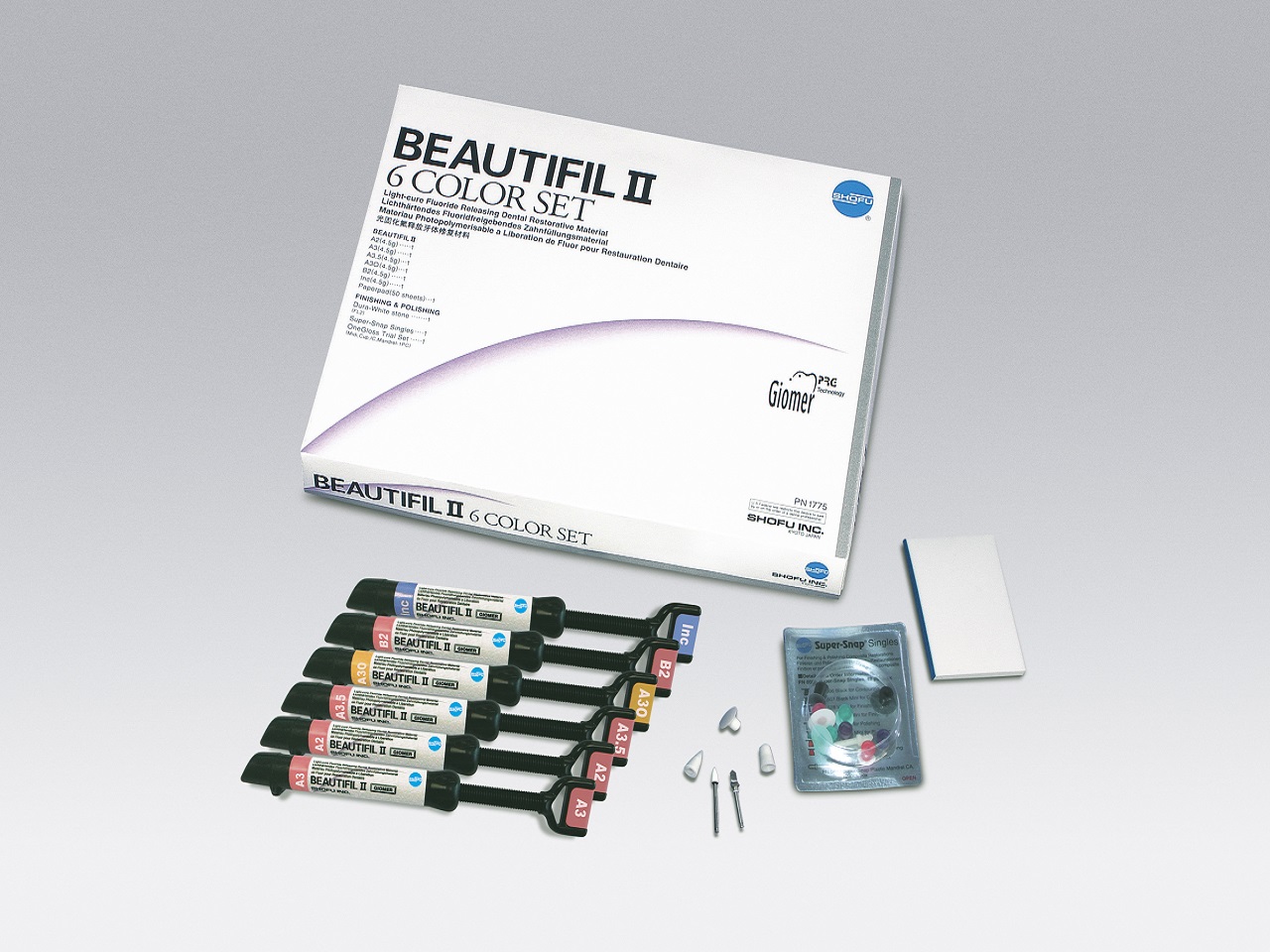


Composite materials are photosensitive, i.e. sensitive to the light of a certain wavelength. By illuminating it with LED lamps, they immediately get the necessary strength and become resistant to the chewing forces in the oral cavity.

AMALGAM FILLINGS
Black fillings are prepared in the machine called an amalgamator immediately before application. Amalgams have extremely good mechanical features and of all materials are the most resistant to the chewing forces. However, aesthetically they are completely unacceptable and the patient cannot chew on the side where the amalgam filling is placed for 24 hours after application.
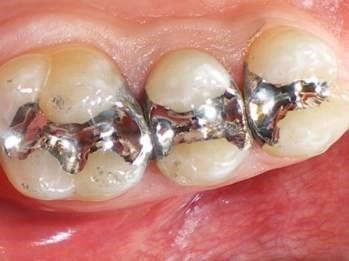
The most common indication for amalgam fillings is the lateral subgingival regions of the jaw, in situations where a dry field of work cannot be secured. In these situations, a composite filling cannot be placed because it is non-resistant to moisture.
GLASS IONOMER FILLINGS
The glass ionomer fillings are the only restorative materials that contain fluorine. Given that during the period of tooth eruption and its mineralization, fluorine is an extremely important element. These materials are most often used in pediatric dentistry, on the milk teeth.

Glass ionomer fillings tolerate moisture perfectly, so in addition to milk teeth, it is used after repair of caries localised around the tooth neck.
Glass ionomers form an absolute chemical bond with the enamel and dentine.
However, this material is poorly resistant to abrasion, less durable and has poorer aesthetic qualities compared to composites. In our office, we use only Japanese glass ionomer products, SHOFU and FUJI IX.
COMPOMER FILLINGS
The compomer fillings are materials that have emerged as a tendency to perfect two fantastic materials – composites and glass ionomers. They have great aesthetic qualities (good sides of composites) and at the same time are moisture resistant (the glass ionomer characteristics).
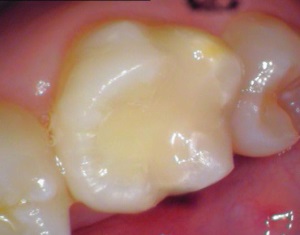
TREATMENT OF DEEP CARIES LESIONS
In a situation where the dental decay progressed and spread to such an extent that by its removal, a nerve would be opened, a deep caries lesion treatment is performed. Namely, the patient gets anaesthesia, and the caries is maximally removed until it comes very close to the dental nerve and at that moment a thin layer of caries is left, protective material applied (a calcium hydroxide based paste), which in the next seven days organises this caries into one mass and separates it from the nerve. On the next visit, the caries mass is removed without fear that the vitality of the dental nerve will be compromised and a dental filling can be applied.
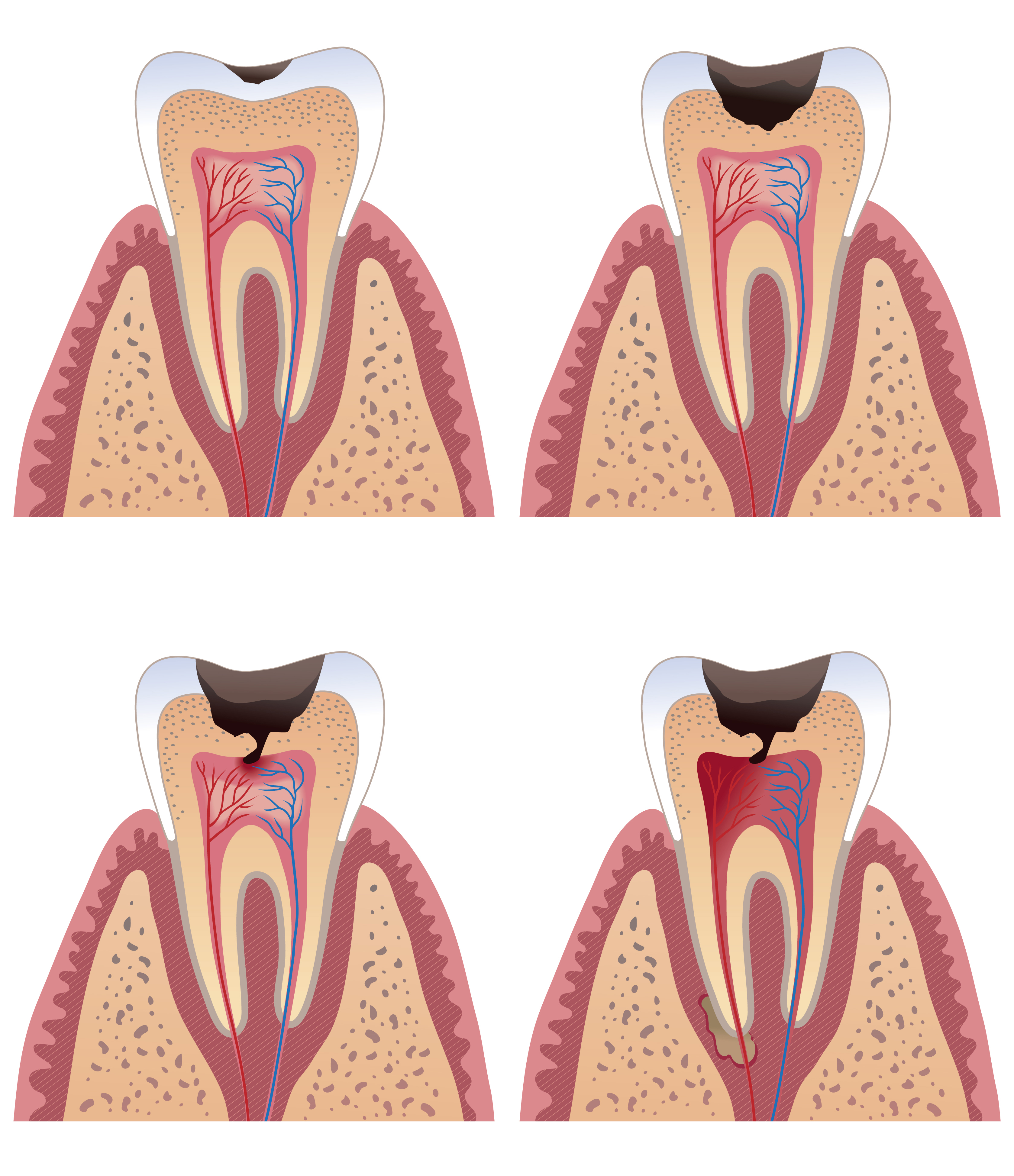
ROOT CANAL TREATMENT
When the tooth decay has progressed so deeply that it has already affected the tooth nerve, we perform the root canal treatment, i.e. the endodontic treatment. The patient can complain about different intensity of pain and it can vary from moderate to unbearable.
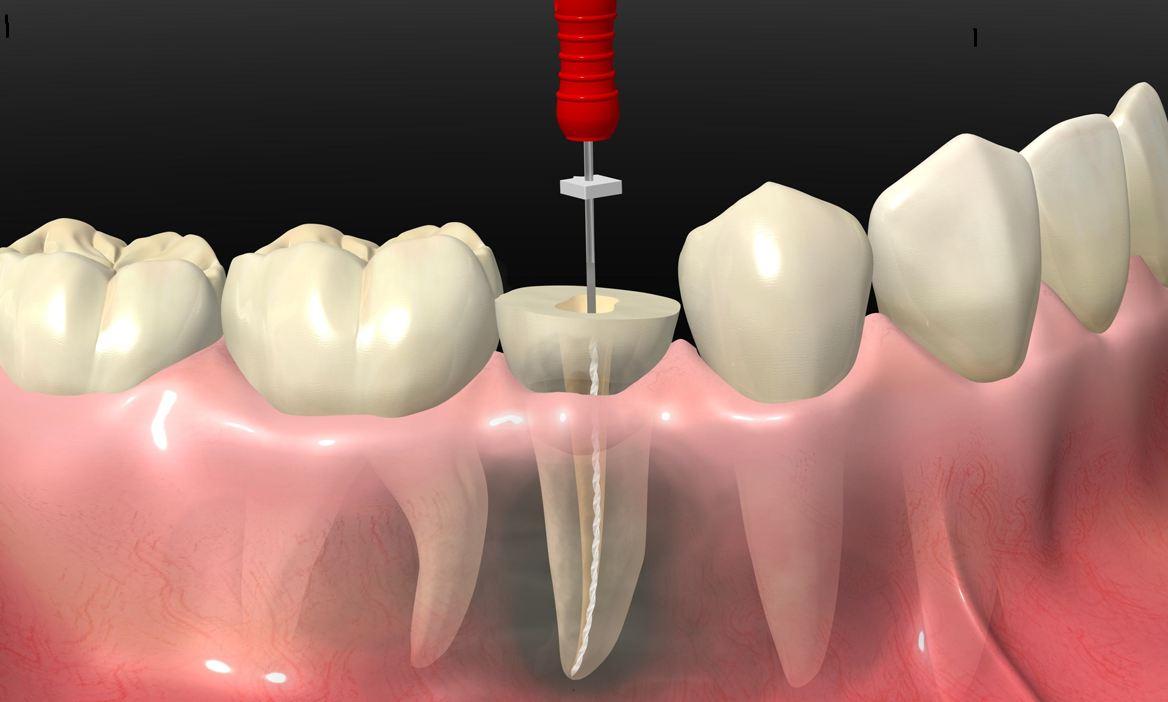
The procedure of nerve removal is painless because it is performed under local anaesthesia. There are two types of endodontic treatments: a procedure performed on vital teeth and the treatment of gangrenous altered tooth pulp. If the tooth is vital, first we apply the paste for dental pulp devitalization (Toxavit), which stays for 1-3 weeks. Afterwards, the nerve channels are cleaned, rinsed and treated with various irrigates (NaOCl, citric acid) and lubricants (EDTA), to disinfect the channel system. When those conditions are achieved, the root canals are sealed with the paste, thereby closing the channel system of the extracted dental nerve. Hermetical sealing of the channels is done with AH + and gutta percha points with different degrees of conicity .02 / .04 / .06. The excess gutta percha is removed by the GUTA-CUTTER device. Several days after obturation, a dental filling can be applied and the treatment ends.


To make endodontic treatment well-done, in our office we use modern appliances and materials. First, APEX LOCATOR determines the length of the root canal and then the COXO C-SMART endo motor and then the I-RACE and BIO-RACE systems machine expanders are used, root canal treatment is finished in just one session, so the number of visits to the dentist is decreased.

If the tooth is not vital, i.e. affected by necrosis or gangrene or with some periapical process, the treatment itself is a little more complex. It can take several weeks to a few months. In our office, we use modern medicaments that have shown the greatest efficiency in treating these conditions: MTA, Calcipast forte, Ultracal XS, R4, and many others.

